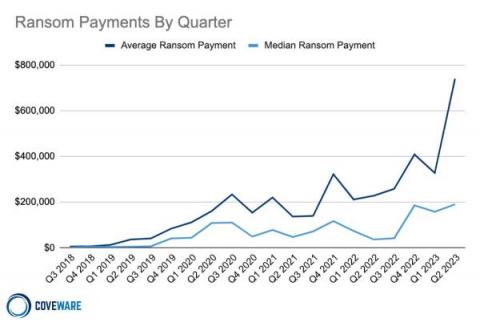Phishing Tops the List as the Most Costly Initial Attack Vector in Data Breaches
After you come to grips with the massive average cost of a data breach to an enterprise organization measured in the millions, it’s time to look at the factors that increase – and lower – that cost. According to IBM’s recently-released 18th edition of their Cost of a Data Breach Report, we find that this year’s average cost is $4.45 million. That’s a staggering number, but what about the contributing factors?



